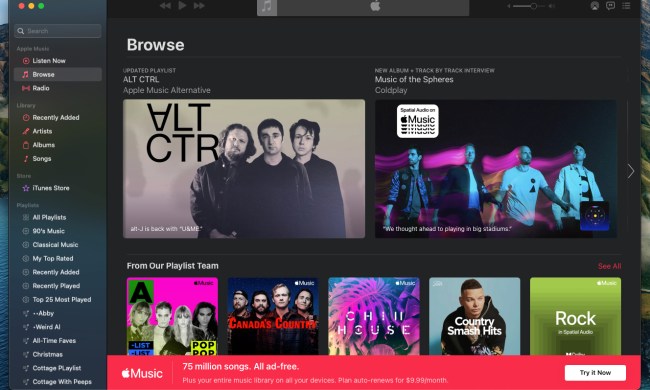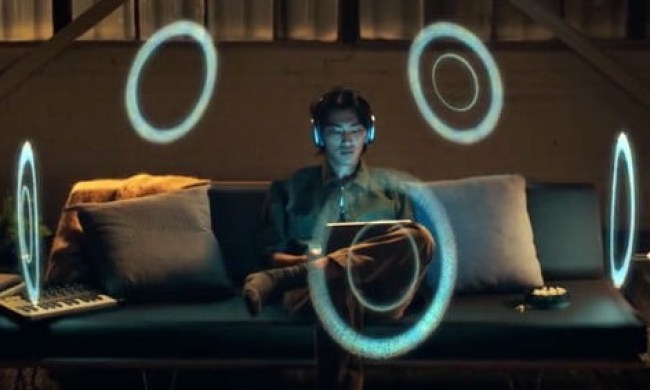
The original 12-inch disc bore signs of its age when Jack Copeland first listened to it in a compact audio booth in the British Library’s Sound Archive. It’s music was distorted and off-key. Within its ridges was an audio artifact of melodies created for a BBC broadcast using Turing’s huge, primitive computer in 1951.
“Suddenly it exists again — the exact notes played by that distant ancestor of our mainframes, laptops, phones and tablets”
“When my collaborator Jason Long and I performed a frequency analysis of the recording we found that it was not accurate,” Copeland tells Digital Trends. “Naturally we wanted to uncover the long-lost original sound.”
Copeland and Long, who works as a composer, first specified the frequencies that the computer could create. Turing’s brainchild exists only in spirit — the physical machine was dismantled years ago. So, to determine the frequencies, the researchers turned to the programming manual that Turing wrote to accompany his innovative machine.
“Through our frequency analysis of the recording we discovered that a number of the frequencies in the recording were ones that the computer could not possibly have played,” Copeland says. “This told us that the recording had been slowed down, with the result that the frequencies had been changed — probably as a result of the BBC’s portable disc cutter running at the wrong speed.
To correct the error, Copeland and Long created a computer program that could analyze the recording and pinpoint its original speed. “Once we had this figure, we sped the recording up and out came the original sound of the computer,” Copeland says.
The three songs featured on the recording include “God Save the King,” “Baa, Baa Black Sheep,” and Glenn Miller’s “In the Mood.” These may seem like apt and ironic selections for a genius like Turing — who was betrayed by his own country just a few years after he cracked the Nazi’s Enigma machine and helped turn the tide of World War II — but Turing himself only programmed the sounds. The musical compositions were actually made by future computer scientist Christopher Strachey.
“It was exciting,” Copeland says of the discovery, “a bit like seeing something beautiful and important emerging from the earth during an archaeological dig.”
This is the earliest known recording of computer-generated music, according to the researchers, and the first time that anyone has heard a sound that’s loyal to the original recording in more than 50 years. “Suddenly it exists again,” Copeland says, “the exact notes played by that distant ancestor of our mainframes, laptops, phones, and tablets.”


